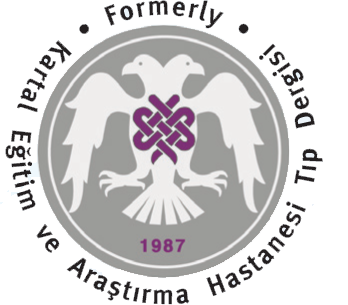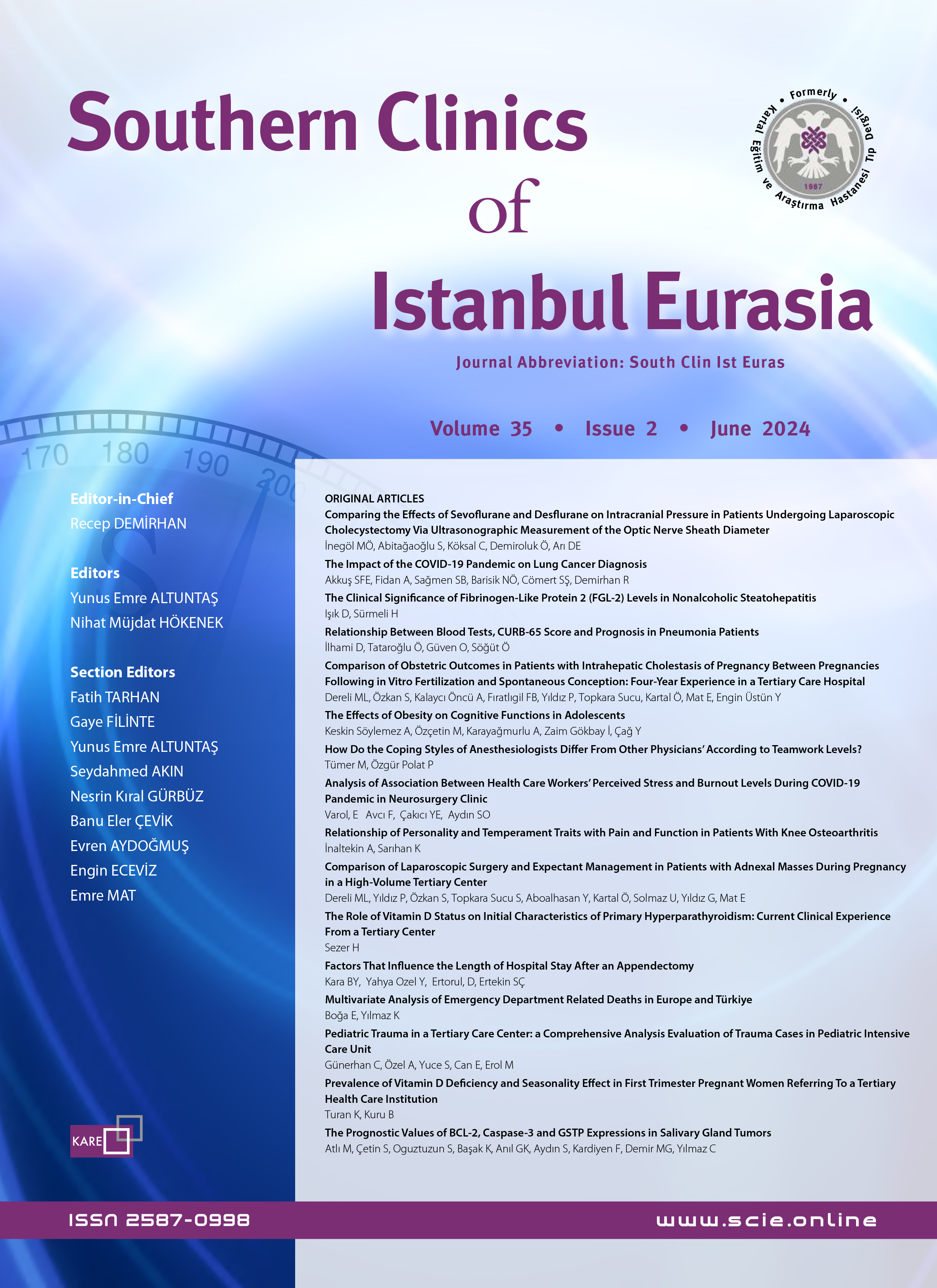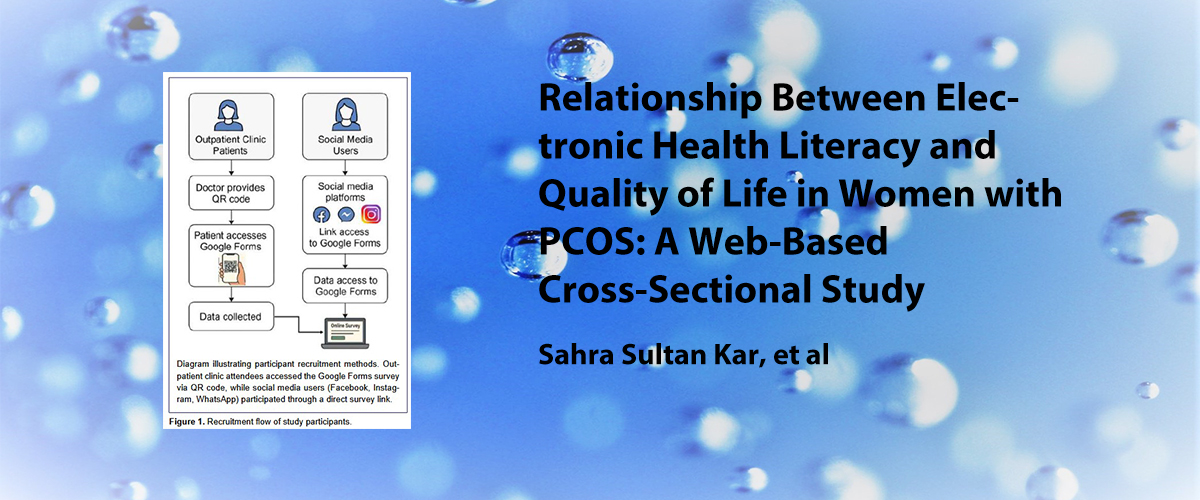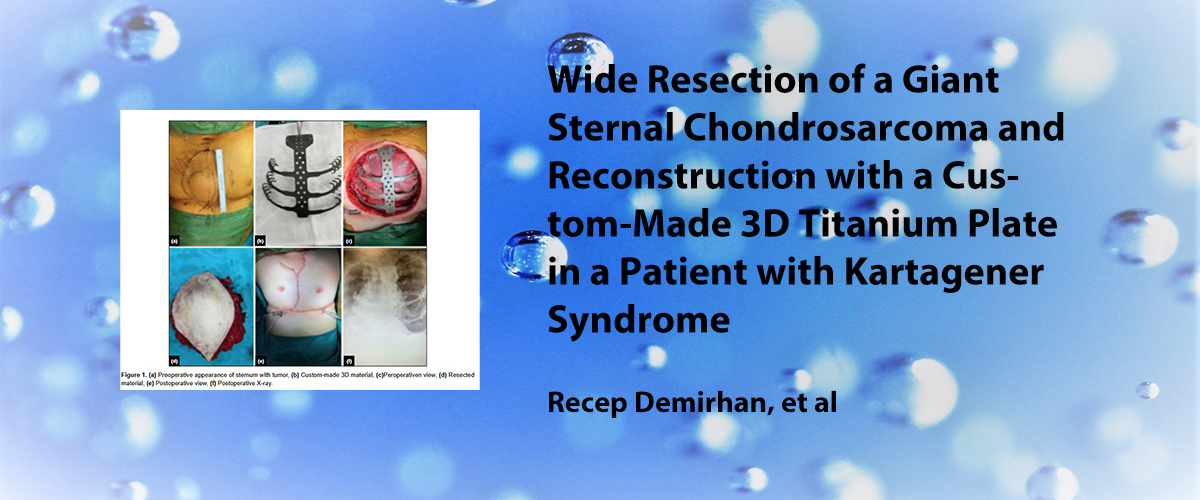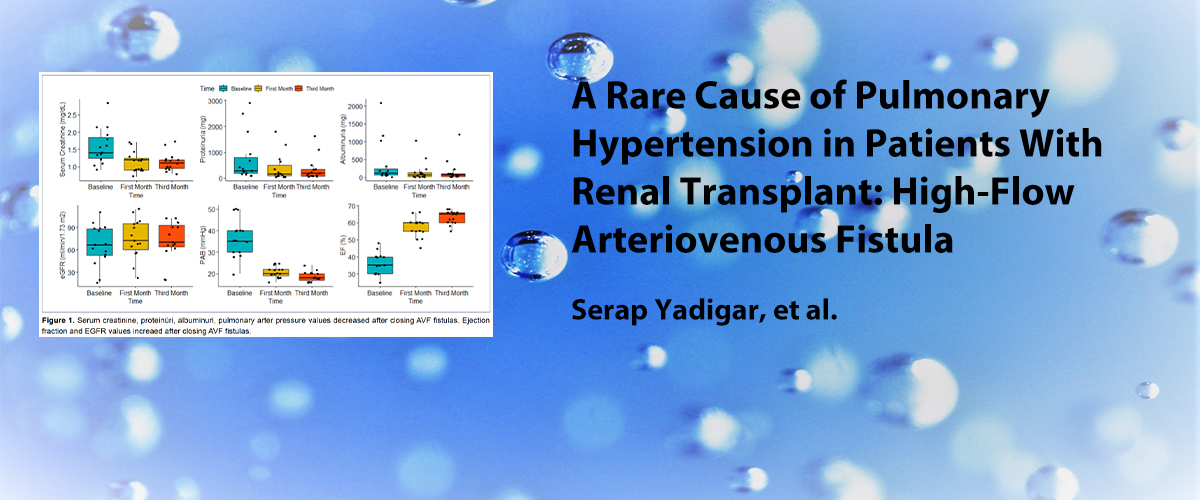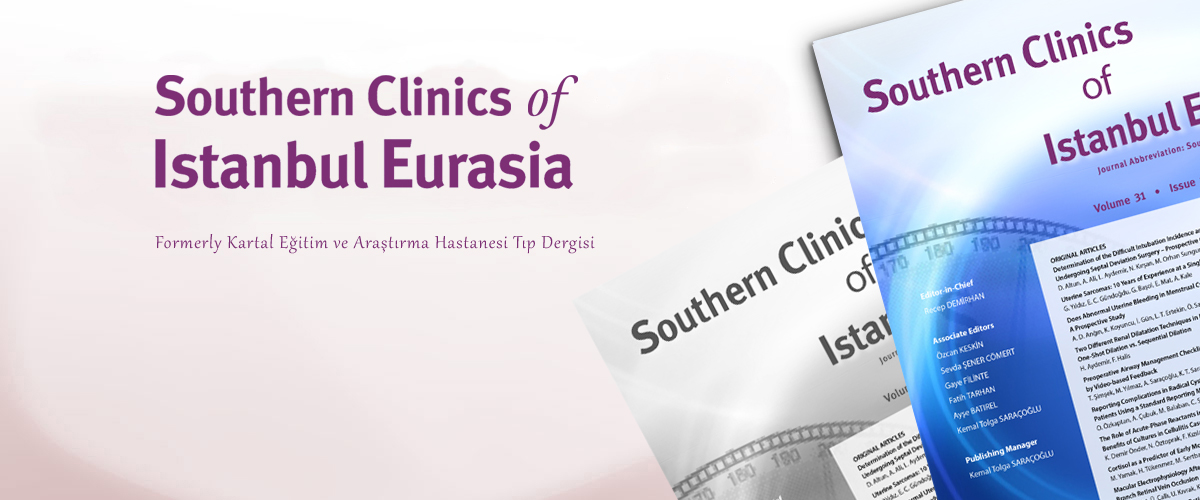ISSN : 2587-0998
Spigel hernisi: Olgu serisi ve deneyimimiz
Seyfi Emir1, Selim Sözen2, Hasan Baki Altınsoy11Elazığ Eğitim ve Araştırma Hastanesi, Genel Cerrahi Kliniği, Elazığ2Adana Numune Eğitim ve Araştırma Hastanesi, Genel Cerrahi Kliniği, Adana
AMAÇ: Spigel hernisi tanısı konulan hastalar geriye dönük olarak literatür eşliğinde incelendi.
YÖNTEMLER: Bu çalışmaya Spigel hernisi tanısı ile ameliyat edilen 17 hasta (12 kadın, 5 erkek; ort. yaş 52; dağılım 32-74 yaş) dahil edildi. Hastalar yaş, cinsiyet, şikayetler, lokalizasyon, defekt çapı, hastanede yatış süresi ve onarım teknikleri açısından incelendi.
BULGULAR: Ortalama defekt çapı 3.7 (2-6) cm idi. Tüm hastalarda ağrı şikayeti vardı. Hastaların 11ine polipropilen yama ile, 6sına standart cerrahi ile onarım yapıldı. Polipropilen yama ile onarım uygulanan hastalarda 4-48 aylık takiplerde nüks saptanmadı.
SONUÇ: Spigel hernilerinde polipropilen yama ile cerrahi onarım düşük nüks oranlarıyla uygulanabilir.
Spigelian hernia: Case series and our experience
Seyfi Emir1, Selim Sözen2, Hasan Baki Altınsoy11Elazığ Training and Research Hospital, Department of General Surgery, Elazığ, Turkey2Adana Numune Training and Research Hospital, Department of General Surgery, Adana, Turkey
OBJECTIVE: Patients diagnosed with Spigelian hernia are evaluated retrospectively by review of the literature.
METHODS: The study included 17 patients (12 female, 5 male; mean age 52; range 32 to 74 years) who were diagnosed with a Spigelian hernia which was treated surgically. Patients were evaluated in terms of age, sex, clinical presentation, localization, size of the defect, duration of hospitalization, and surgical techniques.
RESULTS: Average size of the defect was 3.7 (2-6) cm. All of the patients reported pain. Eleven patients were treated with mesh herniorraphy techniques. Six patients were treated by the standard surgical technique. During the follow-up of 4-48 months, no recurrence was observed among the mesh herniorraphy group.
CONCLUSION: Mesh herniorraphy techniques using polypropylene meshes can be preformed with low recurrence rates.
Makale Dili: Türkçe

